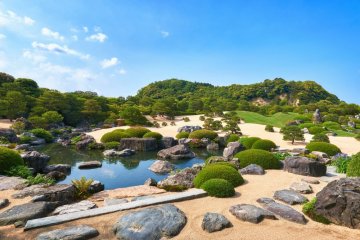
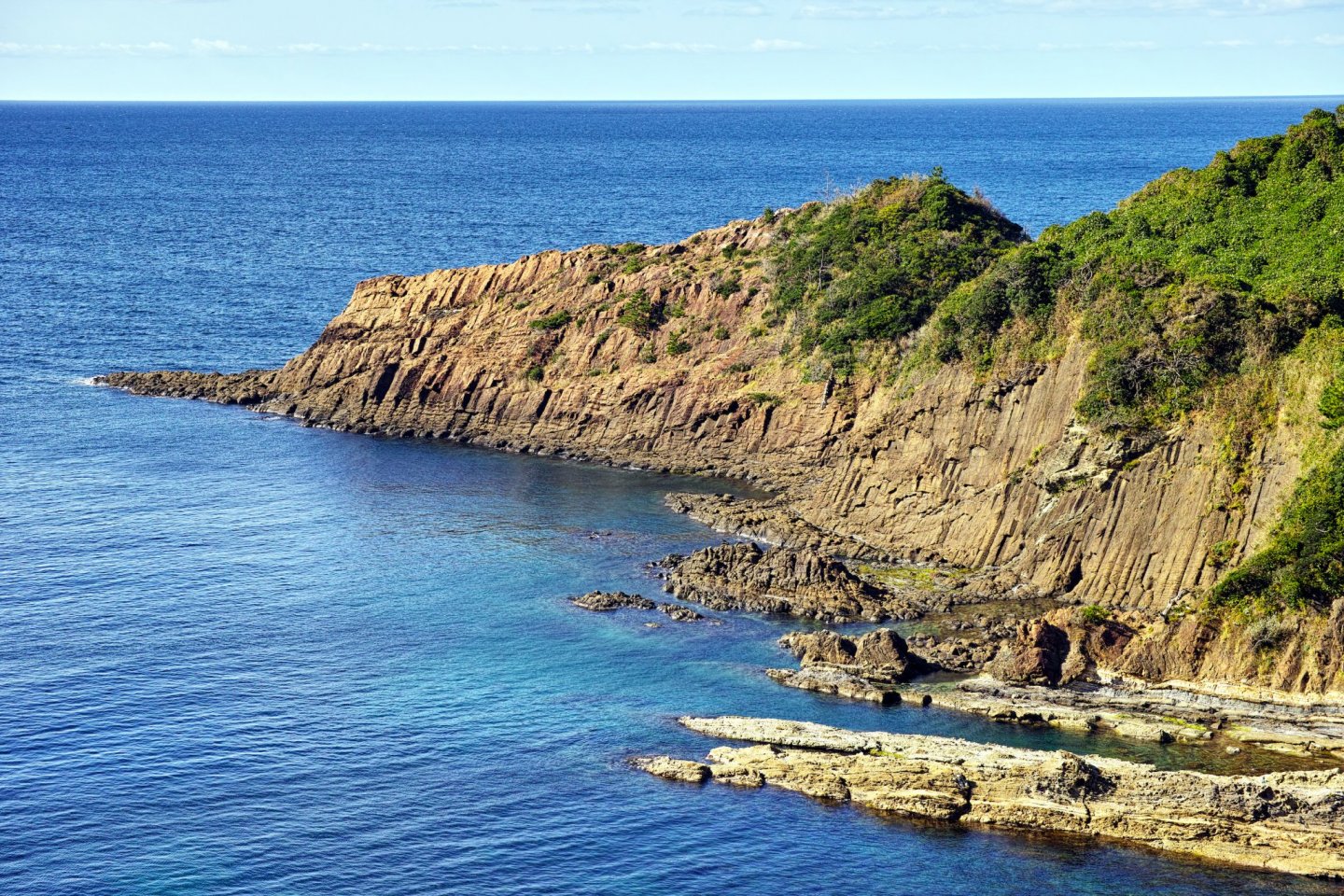
Shimane
Home of Izumo-Taisha, Matsue Castle and the Oki Islands
Top Attractions in Shimane
Upcoming Shimane Events
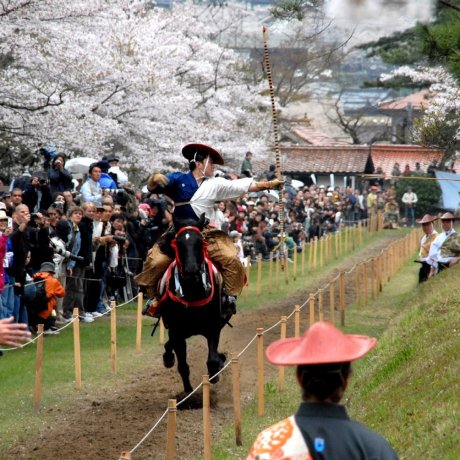
Yabusame Horse Archery Tsuwano 2026
Yabusame is a horse archery festival in Tsuwano, held on the second Sunday of April every year. The horse archery ground in Tsuwano..
Where to eat in Shimane

Coffee at the Adachi Museum of Art
Tristan ScholzeMidori, an elegant and modern cafe at the Adachi Museum of Art, boasts views looking out at the world-class Dry Landscape Gard..
 6
6
Ajinokura
Sherilyn SiyThe Oki Islands is a sushi and sashimi afficionado's paradise. One of the best local restaurants to enjoy the freshest catch..
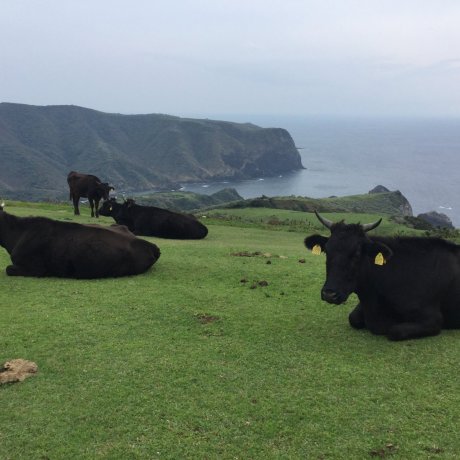 8
8
Okigyu
Sherilyn SiyBeautifully marbled beef richer than its commercial counterparts in monosaturated fats, omega-3, and omega-6 fatty acids and lower..
Places to stay in Shimane

Oki Plaza Hotel
Rory JacksonThe Oki Plaza Hotel is a tall building conveniently located in the Saigo Port a 5 minute walk from the ferry terminal. Standing..
 8
8
Reso Oki Rosage
Rory JacksonReso Oki Rosage is a large oceanside resort with comfortable rooms, a karaoke room, and a great view you can't escape.

Fukuma-kan
Lester GohLocated in the Mihonoseki Harbour on the Northern tip of Shimane Peninsula, Fukuma-kan is a ryokan offering magnificent views of..
Latest Shimane Reports

 8
8
Tottori Sand Museum in 2025: A Celebration of Japan
Dermot KilloranHere you can see lifelike works of sculptured art in sand featuring historical or contemporary vignettes set to the theme chosen..
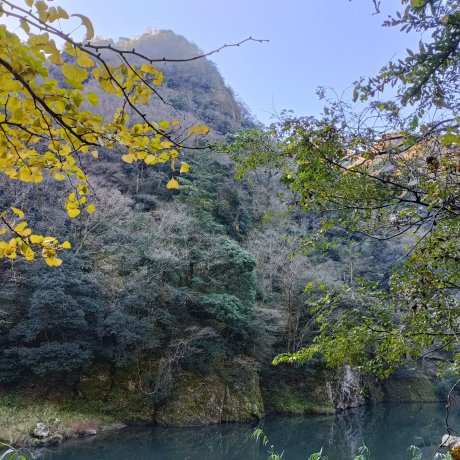
Rubber Necking At Tachikue Gorge
Arlene BastionAt Tachikue Gorge, rock formations are each differently sculpted, competing with ancient overhanging forests and religious jizo..
